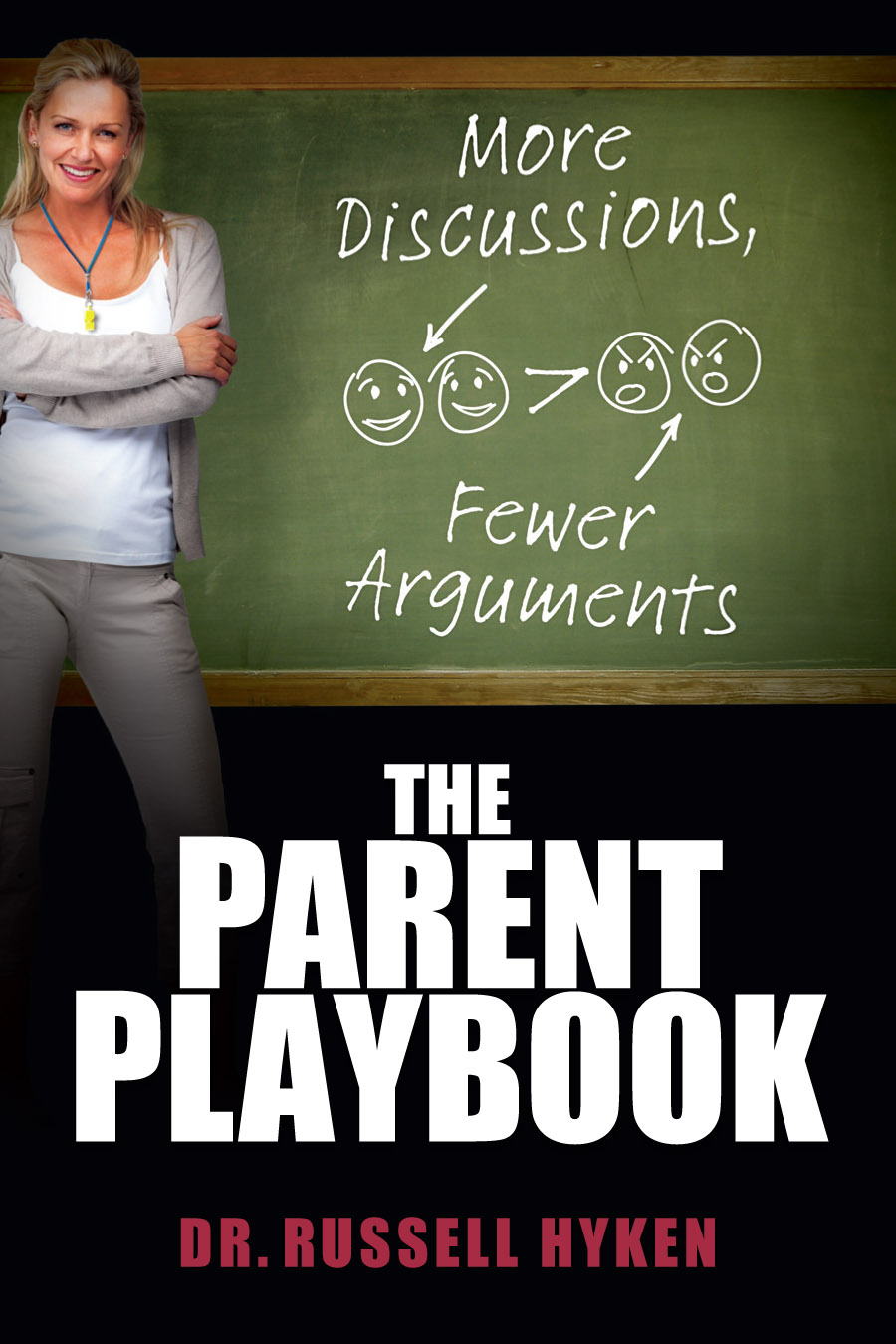Staying Focused During the Holidays
 It is beginning to look a lot like the holidays: Streets are filled with decorations, Christmas specials are on TV, and kids fantasize about snowy days and new video games. This ‘most wonderful’ time of the year, however, also is a most distracting and stressful time of the year, especially if you are a kid.
It is beginning to look a lot like the holidays: Streets are filled with decorations, Christmas specials are on TV, and kids fantasize about snowy days and new video games. This ‘most wonderful’ time of the year, however, also is a most distracting and stressful time of the year, especially if you are a kid.
School does not slow down during the holidays; rather, it speeds up. Final exams are taken, long-term projects are due, and essential last-minute tasks are assigned as the semester comes to an end. There also are big games and special events to attend. Combine an increased work load along with many distracting festivities, and it can be difficult for anyone to stay focused.
Parents should take advantage of the hectic holiday season to perpetuate a good habit or start a new family tradition: talking to your kids about school. It can be complicated coordinating multiple schedules for a serious discussion, but that is the point. When times get too busy, families need to focus on life, relationships and academics.
Learning to study is an evolutionary process that continually needs adjustment. Have a conversation with your student discussing what homework habits work best, as well as potential problem areas. Kids should be encouraged to learn from their mistakes, make changes as necessary and celebrate successes. Being a supportive parent is one of the greatest gifts you can give a child, but it may take many years before your offspring truly appreciates your parenting style.
In general, most students struggle to balance school and outside extracurriculars. The holidays, however, provide additional opportunities for students to go astray. A key to staying on task is to avoid being overwhelmed. With parental assistance, kids should set a schedule at the start of each week, designating times to study and times to enjoy the festivities.
Additionally, unforeseen activities often pop up during busy times, and kids may waste energy because they are not in the correct state of mind to attack their academics. Regular weekday check-ins can assist students with making appropriate adjustments and, at the same time, provide additional support. A gentle parental push to work efficiently encourages students to prioritize work and strike a better balance between school and holiday fun.
The proper ambiance also is particularly important during this season of distraction. The study area should be stocked with pens, pencils, paper and other essential aids such as healthy snacks and beverages. Sitting at a desk in a well-lit room also is more conducive to learning than lounging on a comfortable couch. Light background music can assist with focus, but upbeat holiday songs should be avoided until homework is complete.
Parents, too, can bolster academic productivity by joining the study-time fun. Sit at the desk alongside your student and bring your work to the table. This not only models good habits but also provides a unique bond as families unite to do work before engaging in play. Additionally, your student will also be less likely to text, Facebook or Skype with a parent in the room.
Finals are finished, school is over, and it is time to take a breather. An essential way to recharge and re-motivate is to enjoy the holidays and focus on the family. Shift away from the daily stresses of school and work to create a new family tradition. Get everyone together to bake holiday cookies, prepare a special breakfast, or take a trip to the ice rink. Special times create lifelong memories that outlast the temporary enjoyment provided by expensive or trendy gifts. Yes, kids want presents, but they also want to be part of a family.
Life is always hectic. The holidays can, however, allow families to temporarily leave behind the daily grind and spend time focusing on each other. The food is great, the atmosphere is special, and relaxation is encouraged—it truly is the most wonderful time of the year. Happy holidays!

 Today’s bullies are much more sophisticated than the troublemakers of my youth. Victims, these days, don’t typically have a black eye or bloody nose; rather, they arrive home with internal scars that are unnoticeable to their parents and more emotionally damaging than a punch to the stomach.
Today’s bullies are much more sophisticated than the troublemakers of my youth. Victims, these days, don’t typically have a black eye or bloody nose; rather, they arrive home with internal scars that are unnoticeable to their parents and more emotionally damaging than a punch to the stomach. One thing that parents and kids have in common is stress. While the sources may differ and reactions may vary, everyone, at some point, experiences undue anxiety. Stress is an inevitable part of life created by a physiological reaction to an uncomfortable situation. In fact, if one never experiences any anxiety, that is actually a bigger problem than having anxiety.
One thing that parents and kids have in common is stress. While the sources may differ and reactions may vary, everyone, at some point, experiences undue anxiety. Stress is an inevitable part of life created by a physiological reaction to an uncomfortable situation. In fact, if one never experiences any anxiety, that is actually a bigger problem than having anxiety.